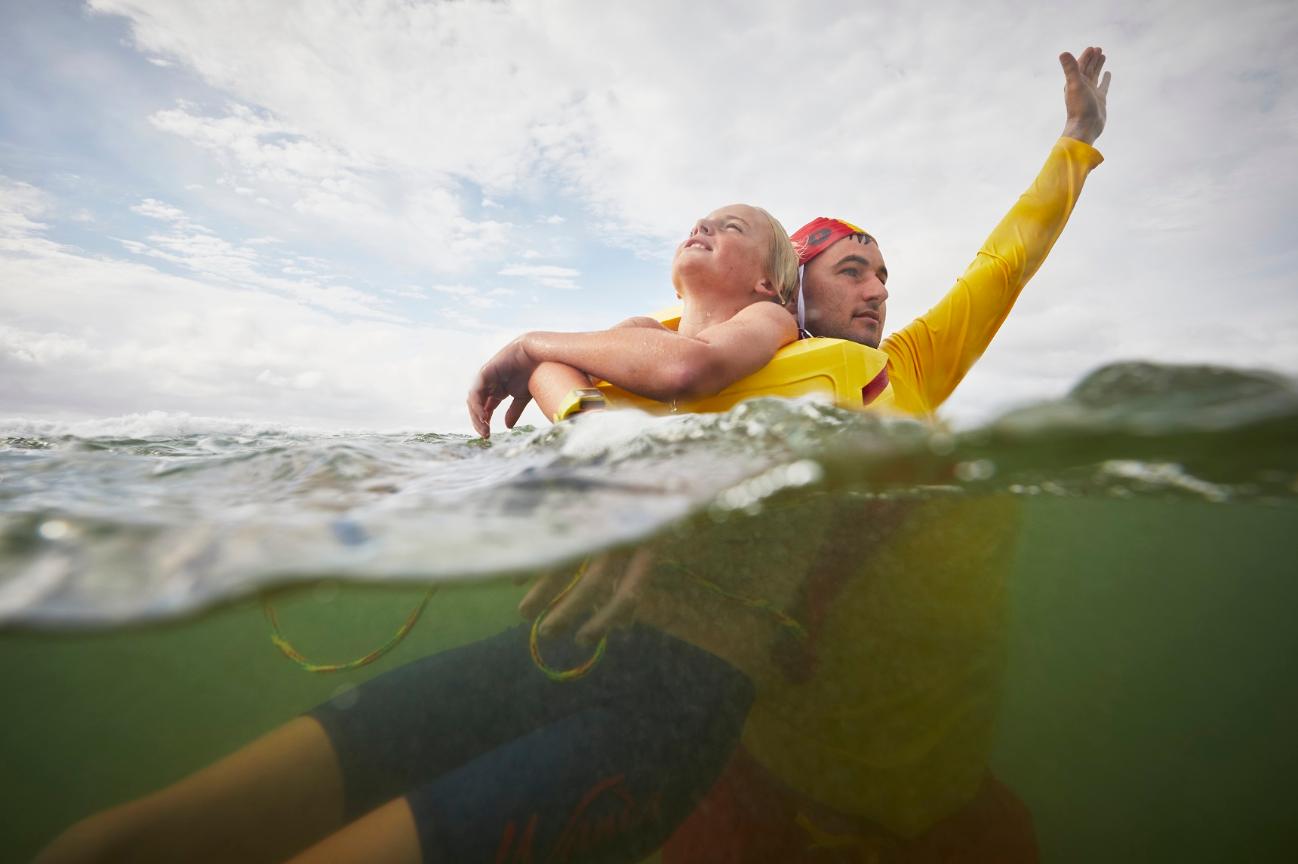December 3 - 9, 2023: Issue 608
2023 NSW Coastal Safety Report: SLS NSW

The 2023 NSW Coastal Safety Report has highlighted a stark increase in bystander rescue drownings along with the finding that more than half of coastal drownings are happening in regional and remote areas.
Friday 1 December is National Water Safety Day and Surf Life Saving NSW is urging people to take safety seriously this summer after 48 people lost their lives on NSW beaches and coastal waters last year - 6 of those tragedies occurred in the SLS Sydney Northern Beaches Branch area.
The 2023 Report, released November 29, the same day as the SLSA National Coastal Safety Report 2023, records the rise in attempted rescues by members of the public who end up drowning themselves (bystander rescues), a worrying trend that lifesavers don’t want repeated this Summer.
A spate of these rescues occurred last Summer, including a tragic end to a family holiday for a father who drowned while trying to save his daughter from a rip current at an unpatrolled beach near Black Head on 3 January. Just two days earlier, an off-duty police officer died while rescuing his teenage son from a rip at a secluded beach near Narooma on the Far South Coast.
“It’s absolutely natural to want to try to save someone from drowning, especially a loved one. But without the necessary skills or equipment, it can be a deadly decision,” said SLSNSW President Peter Agnew.
“It’s what makes swimming at an unpatrolled beach so dangerous.”
Men made up 83% of all coastal drownings.
Rockfishing fatalities represent 13% of total deaths. Over the past year Surf Life Saving New South Wales has been undertaking a ground-breaking safety education program, Gone Fishing.
An initiative made possible with support from the NSW Government through the Department of Primary Industries, Gone Fishing is a practical program designed to better educate rock fishers on the safety measures and skills that can make the popular pastime a whole lot safer.
More in Issue 607 report: Surf Life Saving NSW’s Gone Fishing Rock Fishing Project Report 2023 Released: Insights From The Dee Why Workshop
The NSW Coastal Safety Report also found that getting caught in a rip current remains the number one contributor to coastal drowning, with 27% occurring as a result.
Twelve people also drowned at coastal locations in National Parks, another worrying trend and a reminder of the dangers of unpatrolled beaches.
Emergency Services Minister Jihad Dib said the NSW Government is increasing funding to expand the rollout of Emergency Response Beacons at blackspot locations and new jetskis for volunteers to conduct patrols along remote stretches of coastline this summer.
“Australia has some of the most enviable beaches in the world and as the holidays approach we know that people will take advantage of a getaway to enjoy our coastline,” said Minister Dib.
“People on holidays may find themselves in conditions that are unfamiliar or unsafe. Please swim at patrolled beaches and speak to Surf Life Saving volunteers to better understand local conditions as they can change quickly.”
“Volunteers on our beaches and our emergency services are well equipped to respond.
By swimming safely and within your abilities we can make sure you enjoy a day at the beach without needing their help.”
In 2022-23, lifesavers, lifeguards and support operations personnel responded to 753 emergency callouts, rescued more than 4,780 people and conducted 861,000 preventative actions.
The full NSW Coastal Safety Report is available here. (PDF-6MB)
Surf Life Saving Australia and Royal Life Saving Society – Australia advise people to:
- Always supervise children in, on and around water
- Learn swimming, water safety and lifesaving skills
- Wear a lifejacket when boating, rock fishing or paddling
- Swim at a patrolled beach between the red and yellow flags
- Avoid alcohol and drugs around water
- Check the conditions, including weather forecasts
KEY FINDINGS IN 2022-23
- Coastal drownings totalled 48
- 51% of fatalities occurred in regional or remote areas
- Bystander rescue fatalities climbed to 8 (150% increase on 10-year average)
- 27% of coastal drownings were rip-current related
- Men made up 83% of all coastal drownings
- Rockfishing fatalities represent 13% of total deaths
DROWNINGS BY SURF LIFE SAVING BRANCH
Far North Coast – 4
North Coast – 2
Mid North Coast – 2
Lower North Coast – 2
Hunter – 5
Central Coast – 4
Sydney Northern Beaches – 6
Sydney – 11
Illawarra – 2
South Coast – 7
Far South Coast – 2
Other – 1